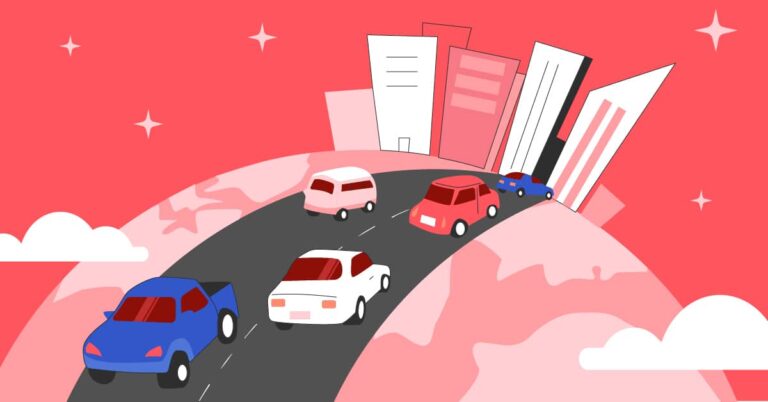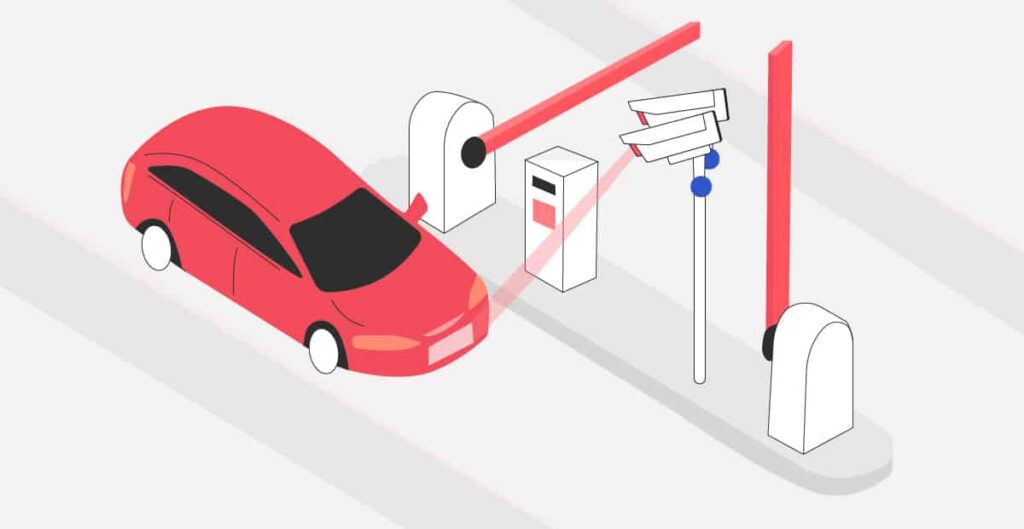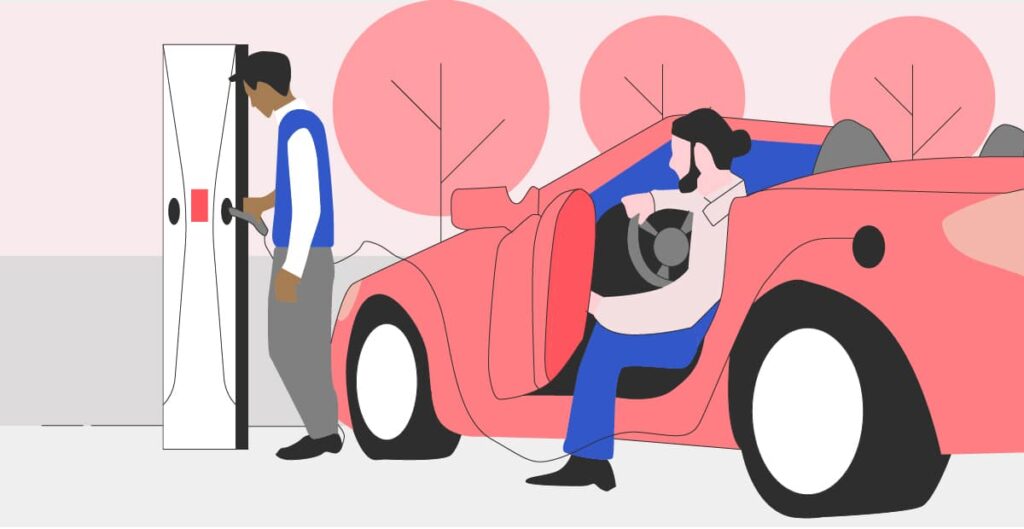

The future of mobility is not as complex and distant as it sounds—it’s being shaped right now. Recent times have taught us that despite being particularly vulnerable to people’s travel patterns, the parking industry can also help shape them. As the gatekeepers of mobility, operators can thrive in the industry and embrace the mobility hub concept not as some far-off utopia—but as a reality moving into 2022. Defining the future of how we move: That’s why we at FLASH love this industry, and it’s why we support operators with configurable solutions for every need.

Urbanization is one of the strongest catalysts for aggressive growth in mobility. According to Deloitte, approximately 66% of the world’s population will be living in urban environments by 2050. With urbanization comes a plethora of infrastructure, economic, and social adjustments to compensate for a growing population. Whether we’re talking about sprawling megacities such as New York or Beijing, or smaller urban cores, mobility services are being born out of necessity to address people’s needs.

Operators can meet these needs with mobility solutions and parking technology that addresses modern challenges. Read on to learn which elements and mindsets you need to own your piece of the future of mobility.
We’re disrupting the parking industry because we believe our customers, consumers, and cities deserve better.
Headquarters
2500 Bee Cave Rd, Bldg 3
STE 400
Austin, TX 78746